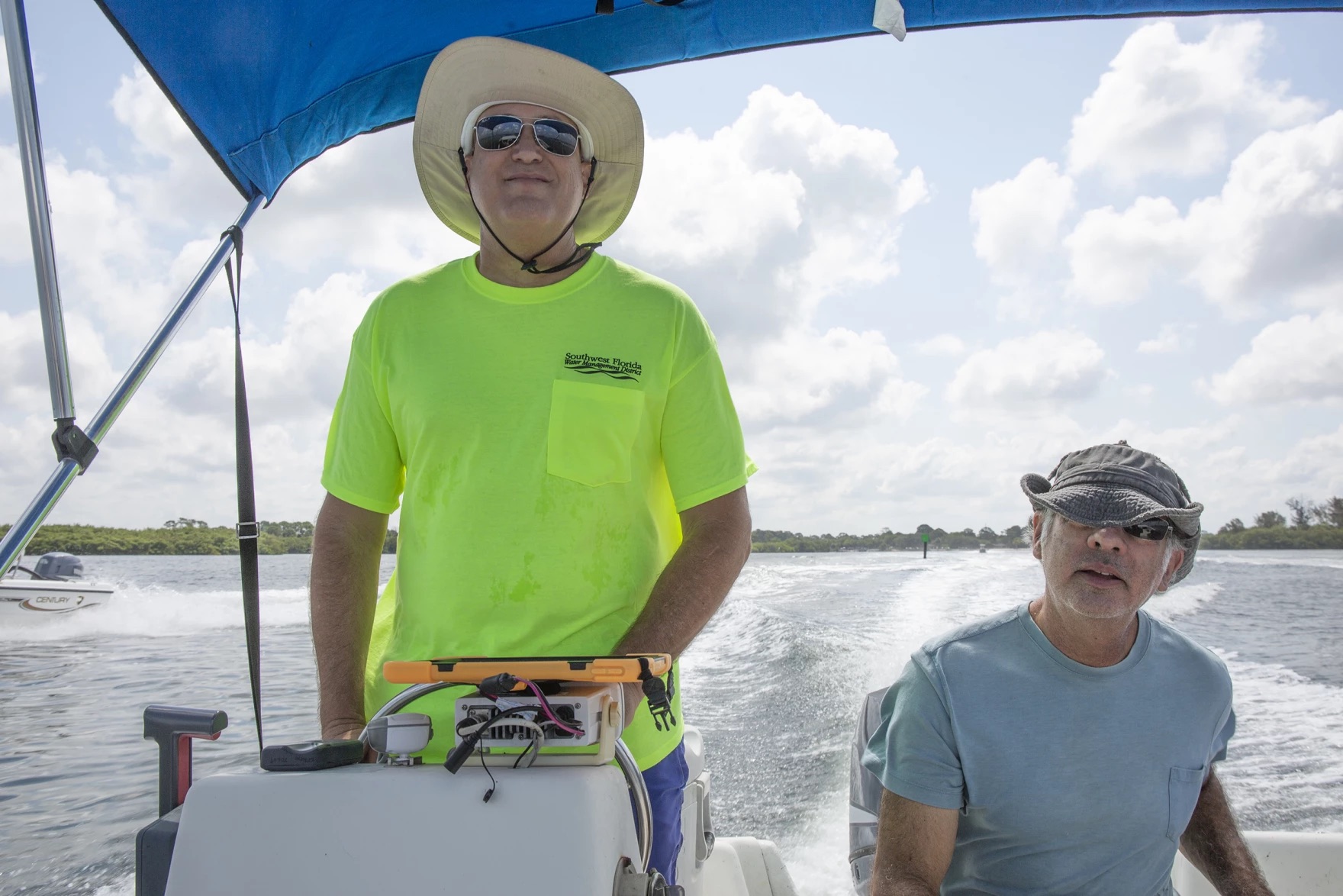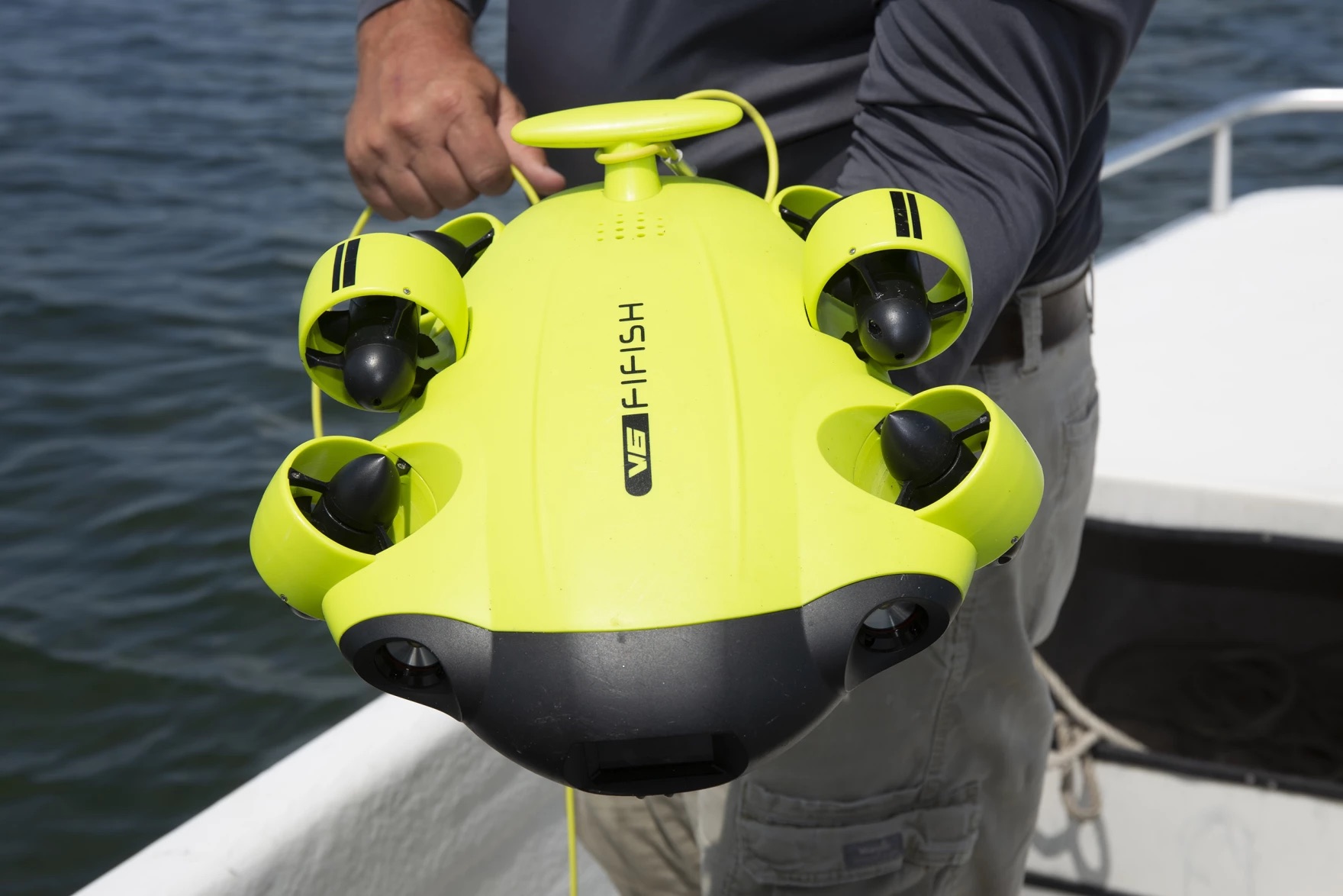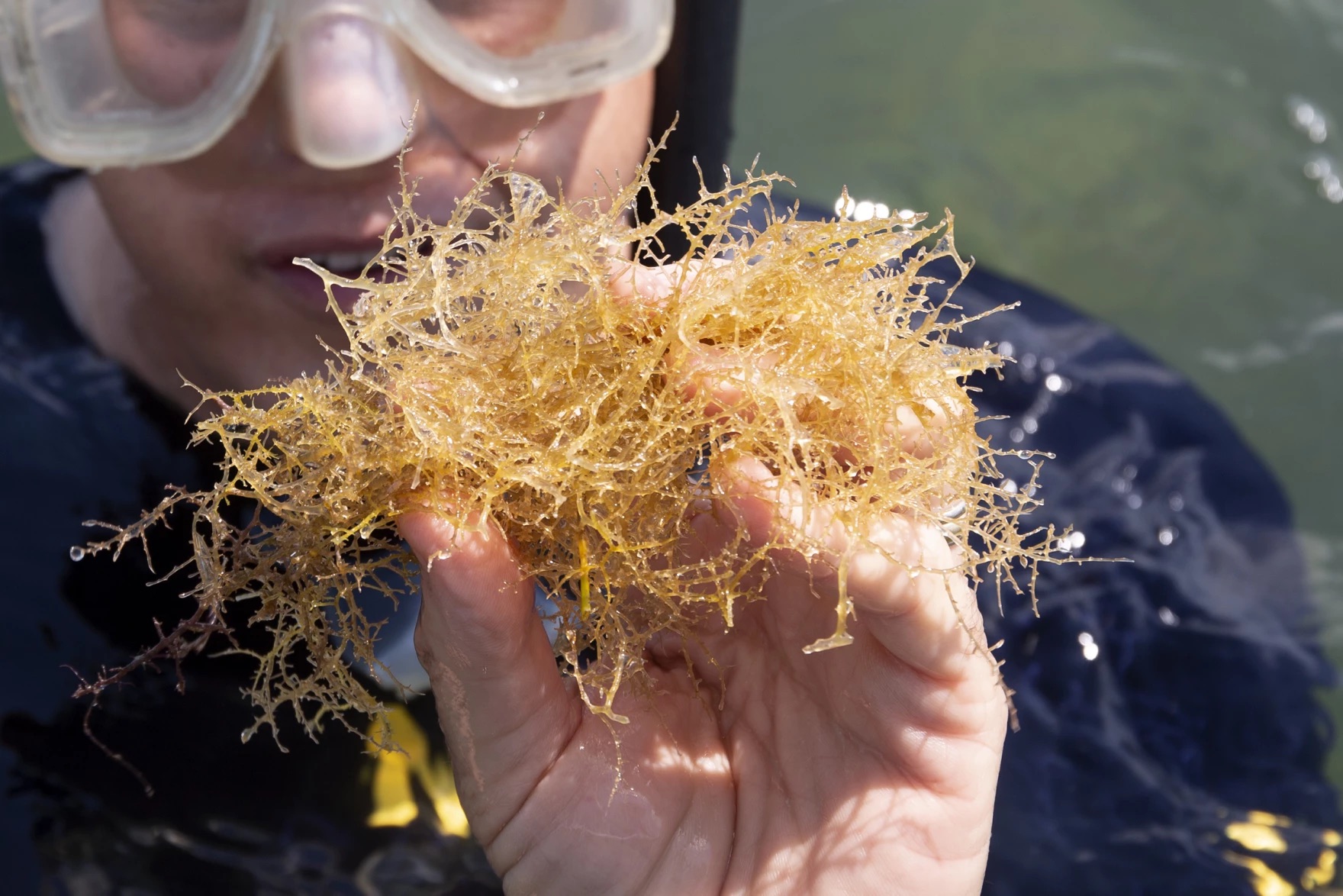Seagrass Oasis In Gulf Of Mexico Signals Good News For Manatees
7:00 minutes

This article is part of The State of Science, a series featuring science stories from public radio stations across the United States. This story, by Steve Newborn and Daylina Miller, was originally published by WUSF.
We’ve heard plenty of bad news about Florida’s waterways.
Algae blooms from Lake Okeechobee spilling into estuaries along the Gulf and Atlantic coasts. Red tide killing untold numbers of fish in Tampa Bay. Coral dying in the Florida Keys.
But there is something good to report. Just off the coast of Pasco, Hernando and Citrus counties lies one of the largest seagrass beds in the Gulf.
Chris Anastasiou, chief water quality scientist with the Southwest Florida Water Management District, guns the motor on a small boat and putters into waters the color of a new spring leaf.
We go a couple of miles from our boat slip near the Tarpon Springs sponge docks. Dozens of motorboats and fishing crafts ply these waters. The historic Anclote Key lighthouse stands guard in the distance.
“So we are on the west side of Anclote Key,” Anastasiou says. “And this is an area that is consistently mapped as seagrass. And the clarity today is really good.”

Anastasiou stops the boat, surveys the Gulf bottom four feet down and tells environmental scientist Will van Gelder to drop anchor.
“All right, get ready Will,” he says, as a drone loaded with a camera is lowered into the water.
Six propellers thrust the drone over the sandy bottom, just above the grass. The information is transmitted to a virtual reality headset and then directly to the district’s headquarters in Brooksville.
What the drone sees is good. The water is clear. Eighty percent of the sandy bottom is covered with seagrass. But Anastasiou wants a firsthand look. So on go the flippers and snorkel.
“Oh yeah, we’ve got lots of grass down here,” he says after splashing into the Gulf. “You see a lot of drift algae out here. And the nice thing is it’s edible. It makes a great salad. And it’s salty. Would you like some?”

He reaches up out of the water and hands me a sample. It is rather salty. And a little nutty.
Anastasiou says seagrass is considered the bedrock of the entire marine food chain. He says about 70 percent of both commercial and recreational fish spawn in these seagrasses.
“But it’s not just seagrass. What’s really unique about that area is its a mix of seagrass, attached algae, corals, sponges, scalloping.”
– Chris Anastasiou, Southwest Florida Water Management District
“There’s about 586,000 acres of seagrass in that part of Florida. Which is second only to Florida Bay. It’s one of the largest seagrass beds in the world,” he says. “But it’s not just seagrass. What’s really unique about that area is it’s a mix of seagrass, attached algae, corals, sponges, scalloping.”
The death of more than 1,100 manatees over the winter in Indian River Lagoon on the Atlantic shows how crucial it is to keep these waters healthy.
An excess of nutrients—much of it from lawn fertilizers swept by rains into the lagoon—created algae blooms that starved the grasses of sunlight needed to survive. That’s not the case here—in the Springs Coast region, named for the spring-fed rivers that nourish this brackish ecosystem.
“We’ve actually seen some increases here,” he said. “Just offshore actually of Anclote Key, we saw quite a bit of increase and expansion of our seagrass meadows, which is great news.”
So Anastasiou says part of the water district’s message is educating the public about the dangers of too much fertilizer from lawns and septic tanks running into these waters and fueling algae blooms.
“It’s really important that the public understands what we have, and what we could lose,” he said. “Because we don’t want to become Indian River Lagoon.”
And that’s on the mind of the scallopers, recreational boaters and sponge divers, who depend on this part of the Gulf remaining as clear and untouched as it can be.
Invest in quality science journalism by making a donation to Science Friday.
Steve Newborn is a reporter at WUSF in Tampa, Florida.
The transcript is being processed. It will be available the week after the segment airs.
Kathleen Davis is a producer and fill-in host at Science Friday, which means she spends her weeks researching, writing, editing, and sometimes talking into a microphone. She’s always eager to talk about freshwater lakes and Coney Island diners.
John Dankosky works with the radio team to create our weekly show, and is helping to build our State of Science Reporting Network. He’s also been a long-time guest host on Science Friday. He and his wife have three cats, thousands of bees, and a yoga studio in the sleepy Northwest hills of Connecticut.
Ira Flatow is the founder and host of Science Friday. His green thumb has revived many an office plant at death’s door.